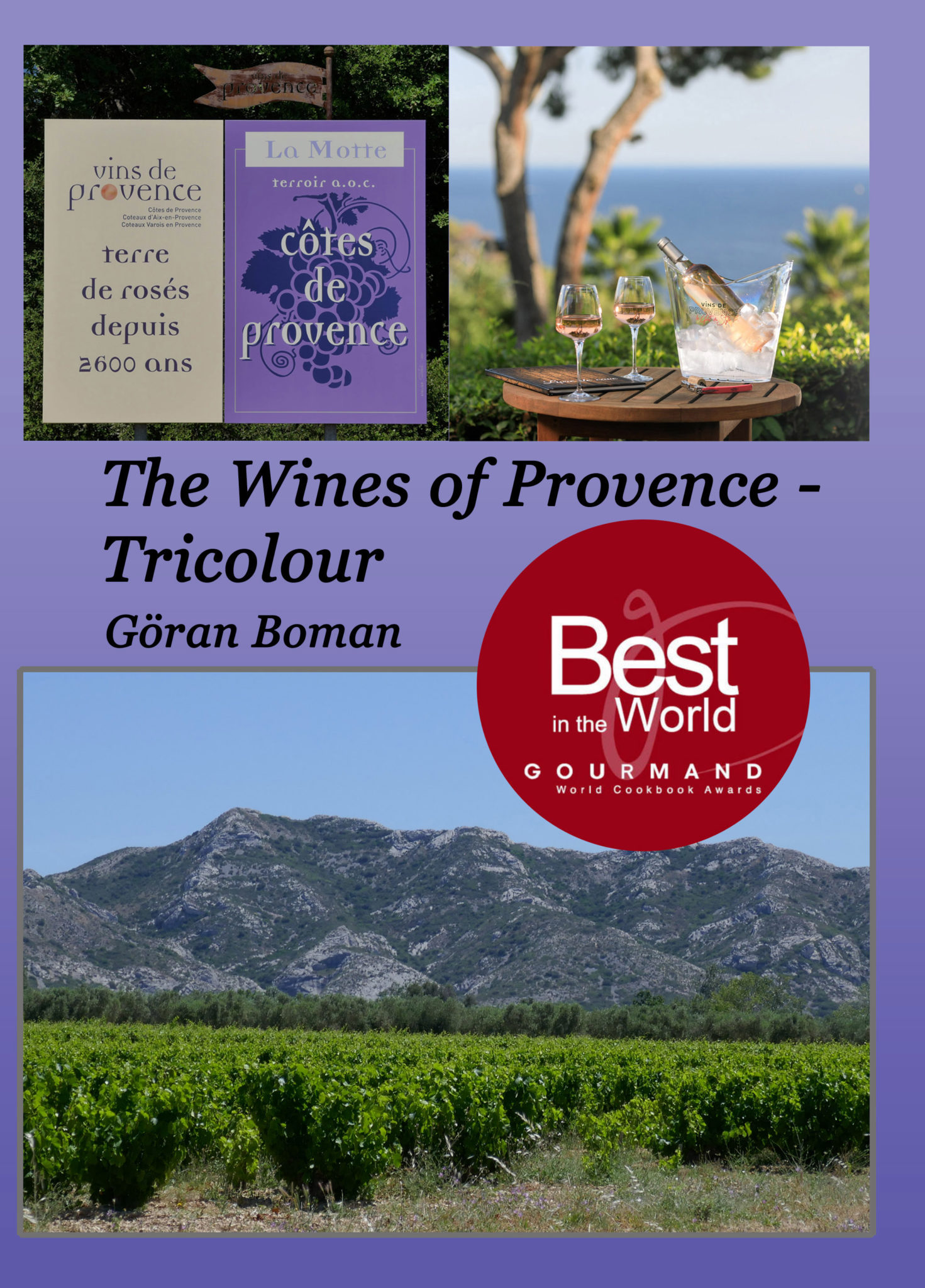The weather this year has really disadvantaged the winegrowers in France and so also in Provence. Frost, fire, hail and even turtles that make it worse. How will the wine vintage 2021 be after all these worries?
After a tough 2020, the new year began in the same way. The Covid-19 restrictions continued, as did the 25% punitive taxes on wine exports to the United States and added to this the new post-Brexit administration that is complicating matters for the small wine estates. Fortunately, Joe Biden suspended the punitive taxes at the beginning of March and these are now gone for five years for the time being.

First came the frost…
With ongoing vaccinations against covid-19 and the suspended punitive taxes, the winegrowers finally saw the light in the tunnel. But the joy lasted only a month! At the end of March and the beginning of April, the daytime temperature in Provence was above the average temperature of May, so the vines thrived and they budded and the shoots picked up speed. But then came the night of April 8 with several degrees below zero that killed many buds on both vines and fruit trees in France.
Roselyne Gavoty, who leads Domaine Gavoty at Brignoles, known for being one of Provence’s cold spots, said that they had down to -7.4 ℃ in the morning. Another of Provence’s coldest areas is the northern part of the Coteaux d’Aix-en-Provence wine district and they reported the same low night temperature. As the Mediterranean moderates the temperature, the coastal vineyards were affected to a much lesser extent.
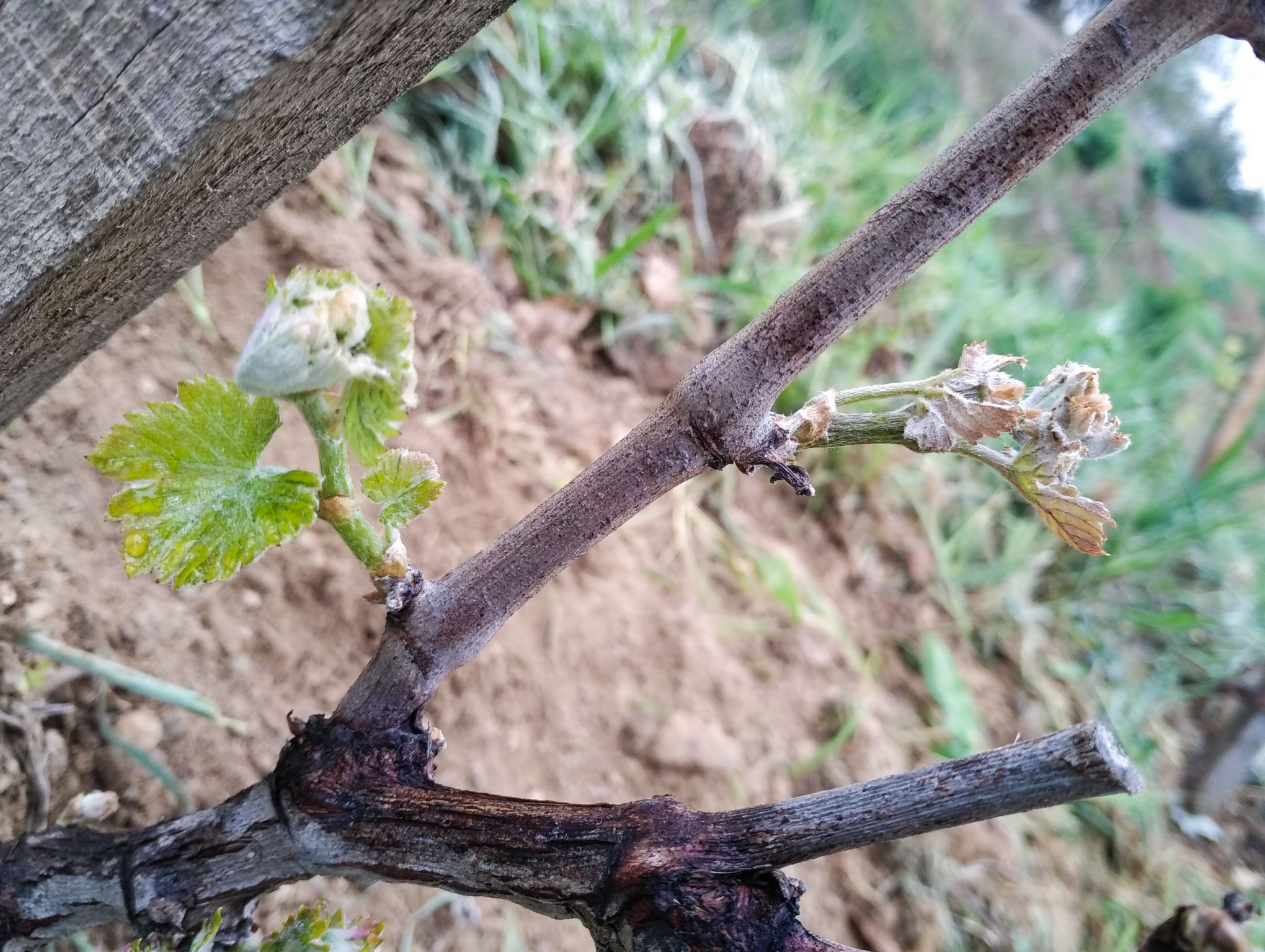
How hard a vineyard is affected depends on many factors, it can be a more a (un)favourable local microclimate and for the colder areas, the vines, despite a low night temperature, may still be affected a little less because the flowering is later there. Then it depends on which grape variety is grown, the early flowering Grenache vine is hit harder than Syrah and Cabernet sauvignon which blooms later. With that said, there is a risk that Provence rosé wines will be hit hard as Grenache is the dominant grape variety in these wines.
France’s position falls
The latest estimate is that wine production in France will be 34 million hectolitres this year, which is the smallest harvest since 1976 and which means that France falls to third place after Italy and Spain. The financial losses are estimated at between 1.5 and 2 billion EURO!
An earlier estimate was that the harvest loss in Provence would be 30%, but now the newly appointed chairman of the CIVP, the “Provence wine growers’ trade association”, Éric Pastorino, does not want to comment on the volume. The reason is that after the frost, nature is so friendly that a second generation of grape clusters is formed, more on these later.
Then came the fire and then the hail…
The summer months until the beginning of August were not too hot with a temperature that was one and a half degrees above normal but with a precipitation that was only a quarter of normal, i.e., virtually no rain at all. Unfortunately, then came a heat wave which unfortunately was combined with an unusually strong Mistral wind and a mildly expressed careless person who threw a cigarette butt at the Sigues rest area along the A57 motorway. In few moments it started the largest forest fire in the area since 2003.
The affected area includes the Maures nature reserve and an estimated 7,300 hectares of land have burned. Vineyards acts as firebreaks so only 120 hectares of vineyards have been destroyed but another 1000 hectares of vineyards have been affected by smoke, soot, and fire extinguishing agents. In addition, four wine estates have been affected by burnt-down houses and some have lost both houses and vineyards.
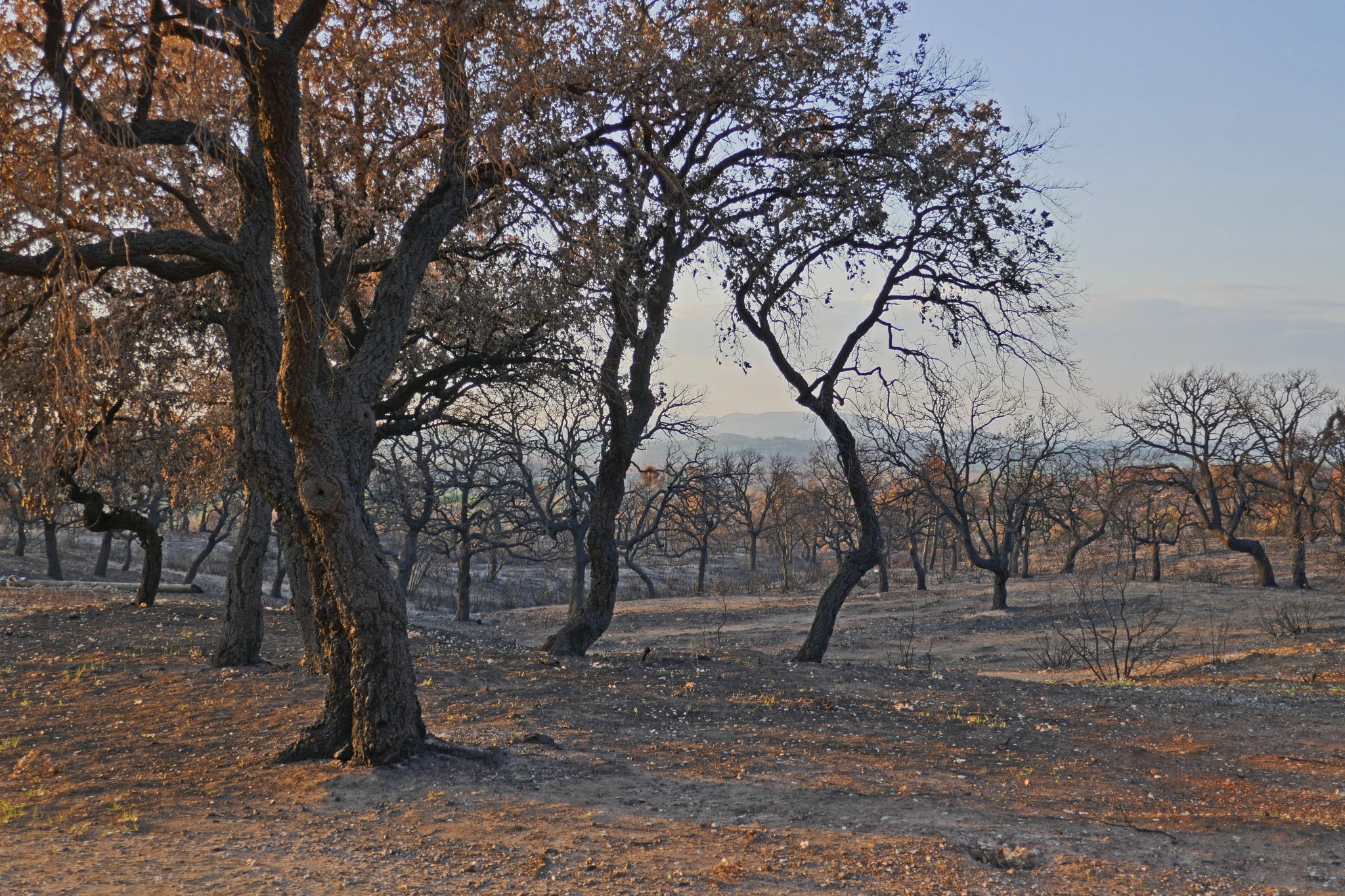
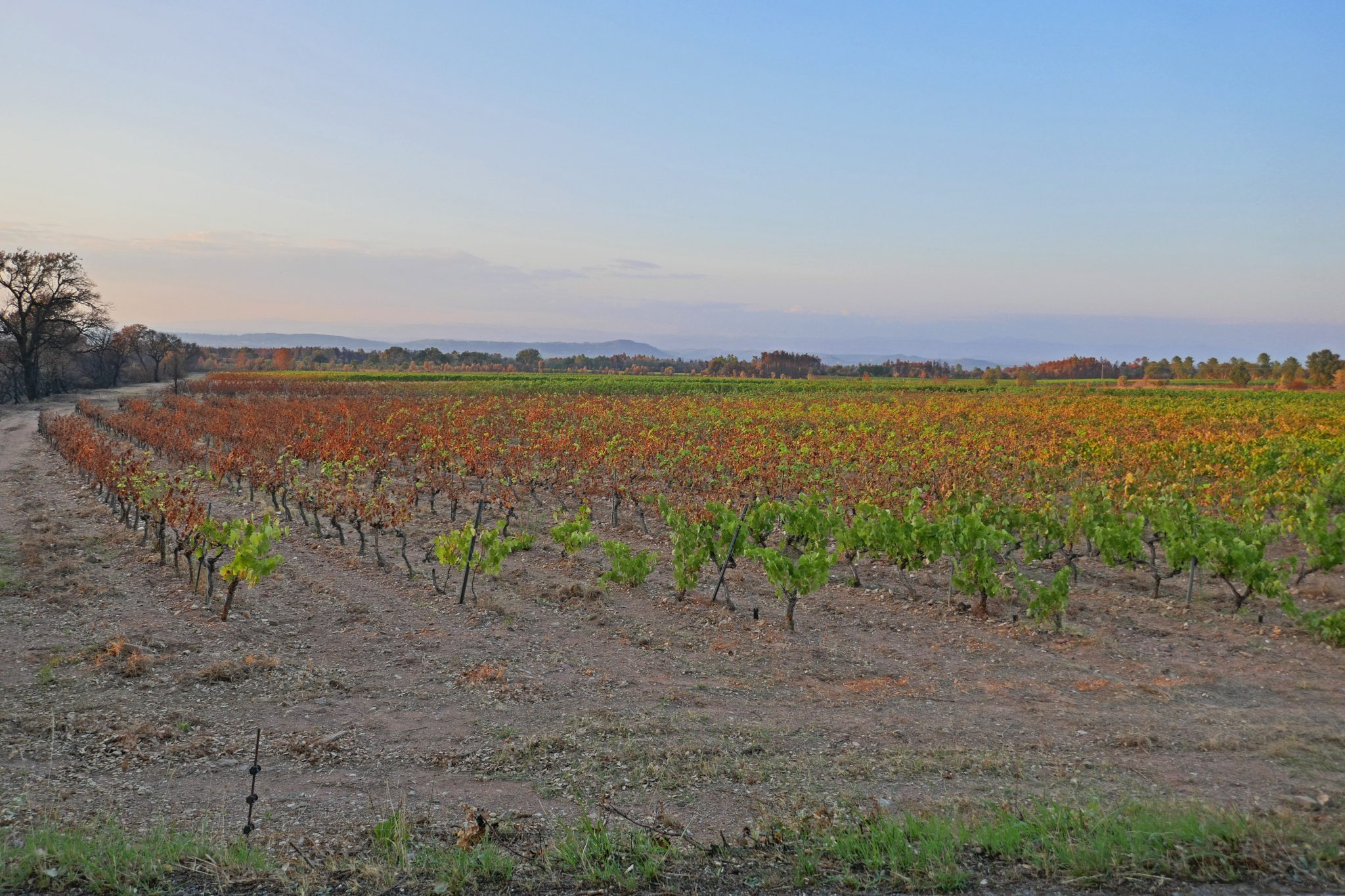
The fire started on Monday 16 August and the brave firefighters had limited the fire after a few days but it was still not under control. They then received much-needed help after a week when a heavy rainstorm with 150 mm of precipitation for an hour finally extinguished the fire. At the same time, vineyards were affected by floods and further east, the hailstorm released two to three centimetres of hailstones that locally destroyed the vineyard. You should not be a winemaker, not even in Provence!
The Turtle Hermann
You have probably wondered about the connection between turtles and viticulture mentioned in the introduction. The fire exposed an old unresolved dispute between the vinegrowers and the agricultural chamber as well as those responsible for the nature reserve. It is the tortoise Hermann, France’s only land tortoise that is only found in the Maures massif and on Corsica, that caused the dispute. To protect the turtle, mechanical removal and burning of weeds and shrubbery is prohibited around the vineyards, something that vinegrowers believe limits the progress of the fire. The trade association CIVP will now take up the issue for renewed discussion.
A wine producer who has violated these bans is Château de Berne, which at the end of September this year was sentenced by the court in Draguignan to a fine and fees of € 475,000 for having cleared an area within the turtle protected area two years earlier.
How then will the wine be vintage 2021?
The short answer is that the volume decreases by up to 30% compared to an ideal year and that the quality of the wines varies and it depends on how hard the vinegrower has been affected by the forces of the weather, the winemaker’s competence and, as always, the priority of volume versus quality.
For those affected by fire, smoke and soot, about 5% of the Côtes de Provence area, the CIVP organization will apply for an exemption to use activated carbon in vinification to reduce unwanted odours.
The warm but above all very dry summer has given fresh grapes as attacks of mildew have been very low. CIVP, Éric Pastorino says that ” Compared to last year, the grapes are both less filled with sugar and with more acid, a combination that is the holy grail for the production of rosé wines.”
But it is the frost that makes it troublesome, although the second generation of grape clusters to some extent compensates for the loss of harvest, these grapes have not had as long to ripen as the first generation of grapes. So, neither the so-called skin ripening nor the grape ripening, when the sugar is formed, are ready so it is both a sour and “green” grape when the other grapes are ripe and tastes good.
Especially for red wines, skin ripening is important, a large proportion of second-generation grapes risk producing wines with green vegetative tones, so for quality wines, a sorting out in the vineyard must have been performed or the work at the sorting band will be more extensive. In Provence, “fortunately” rosé wine makes up around 90% of the volume and for rosé wines, and also white wines, skin ripening is less important as instead sugar and acid content are most important.
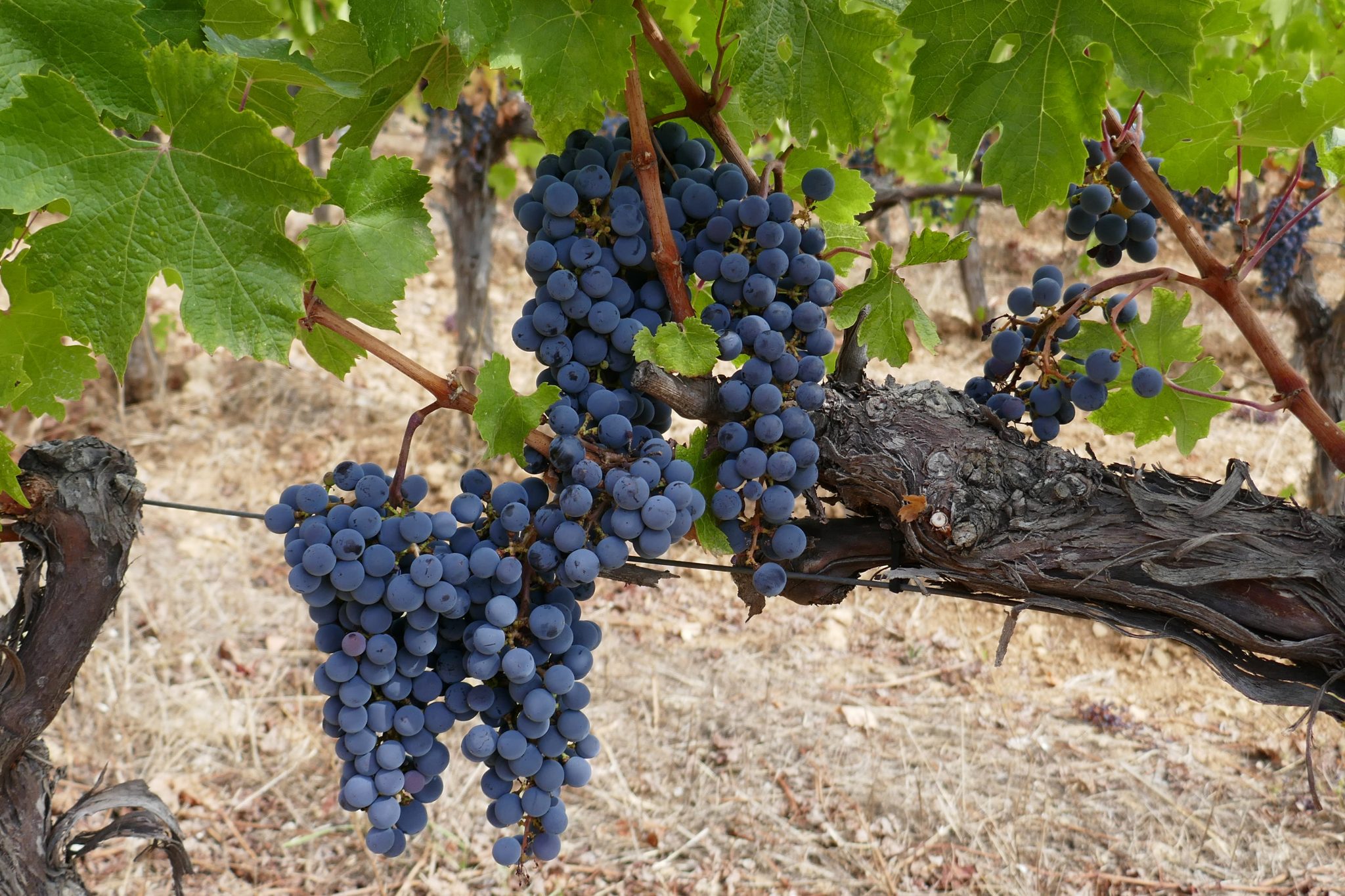
CIVP, Éric Pastorino continues “This year, the role of the winemaker is even more important than usual in the planning of the harvest, given the differences in ripeness within one and the same vineyard. The vintage will be a so-called winemaker’s vintage where the winemaker‘s competence will be decisive.”
What do the winemakers say then?
We visit Domaine Rabiega, which already a week into September completes the harvest, as usual, it is the late ripening Cabernet sauvignon grape that is harvested last. Lars Torstenson, who has the ultimate responsibility for the wine harvest and vinification, is despite the problem year quite satisfied. Thanks to the drought, the grapes are small and very concentrated, which bodes well for the quality of the red wines, which is the hallmark of the vineyard, but at the same time, of course, the volume is smaller. However, the prestigious wine R Rabiega Rosé will not be produced as the grapes are too concentrated.

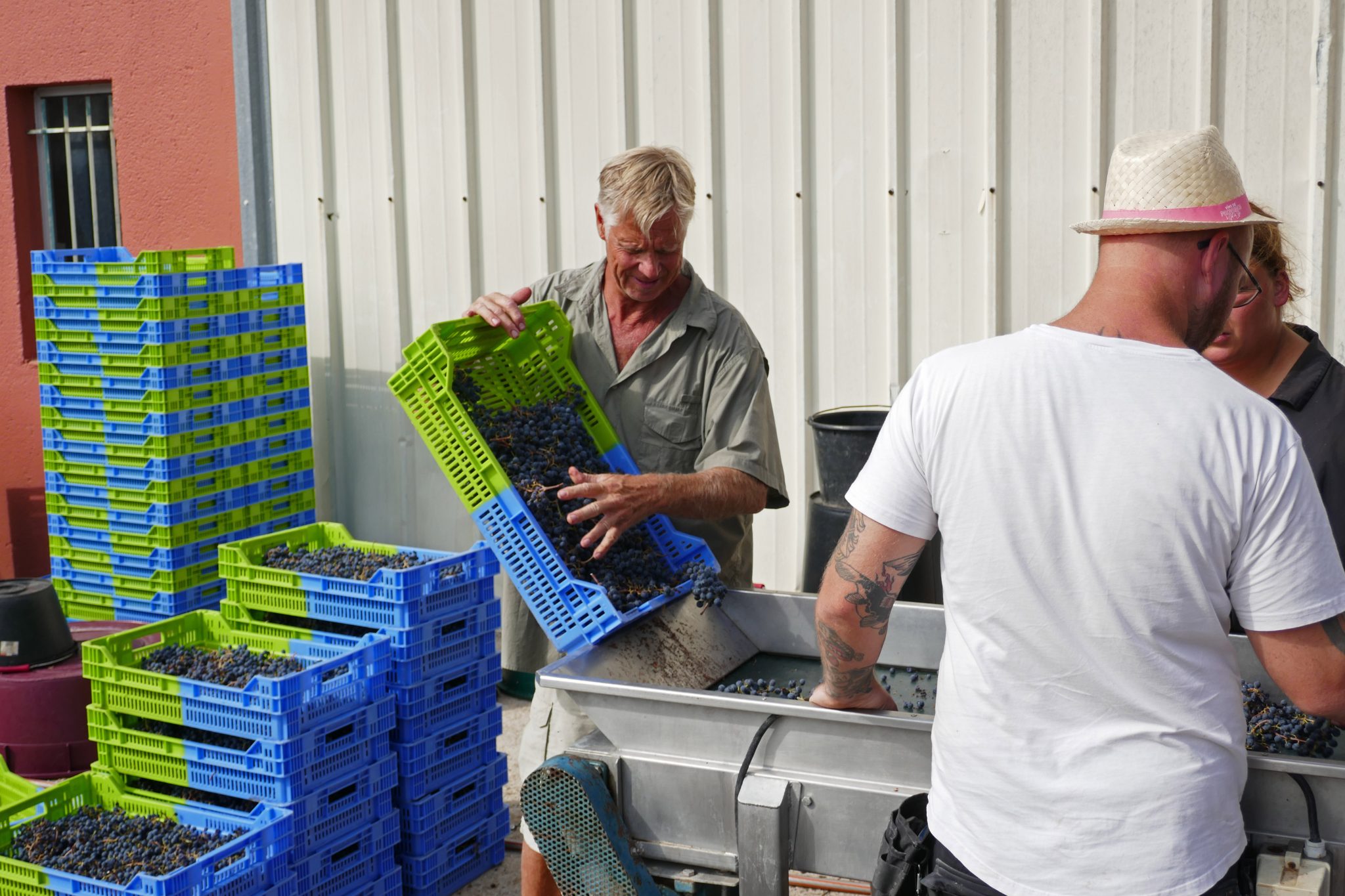
A few days after the visit to Rabiega, we meet the charismatic Roselyne Gavoty at Domaine Gavoty. During the visit, she jumps around on crutches after injuring one leg during the wine work, but she still gives us a chat in the outdoor furniture even though she is in pain. The vineyard is in one of Provence’s coldest spots and the harvest has not yet started, not even for the white grapes. Roselyne says that the Grenache vines took a lot of beating from the frost, but that the second generation of grapes will increase the volume. The grapes have a good acid level and the grape ripening is even within the vineyards but uneven between the vineyards. She snorts a little at CIVP’s comment that you have to be extra careful with the harvest regarding maturation, we have known that and already applied it for 30-40 years! She also shrugs a little when I ask how much volume they will lose, “maybe 30% but we usually always lose that due to different weather phenomena such as hail.” Roselyne believes that it will be a good vintage after all, but maybe not a top vintage.
A small consolation for Provence winemakers is that other areas in France have been hit even harder with even more loss caused by the frost as well as heavy attacks of mildew.
NOTE! Sign up for the Newsletter so that you get news from the Provence wine world as well as other interesting wine news!
Sources: www.vitisphere, www.terredevins, www.larvf.com, www.infoclimat.fr
Previous blog posts about the US taxes: 2021-08-01, 2021-03-15, 2020-02-23, 2021-01-14
Previous blog posts about the frost: 2021-08-01, 2021-04-17, 2021-04-10
Previous blog post about the fire: 2021-08-20
Göran Boman, Author of the book “The Wines of Provence – Tricolour
